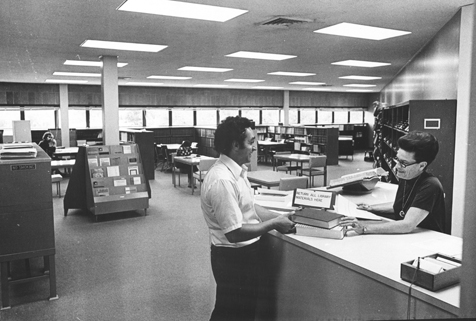
Faculty Research 1970 - 1979
Proliferative capacity of erythropoietic stem cell lines and aging: an overview.
Document Type
Article
Publication Date
1979
Keywords
Animal, Cell-Division, Cell-Line, Colony-Forming-Units-Assay, Erythropoiesis, Genes, Hematopoietic-Stem-Cells: cy, tr, Human, Mice, Nucleic-Acids: me, Radiation, Review, Spleen: me, SUPPORT-U-S-GOVT-P-H-S, Transplantation-Homologous
First Page
409
Last Page
426
JAX Source
Mech-Ageing-Dev. 1979 Mar; 9(5-6):409-26.
Abstract
The earliest bone marrow precursor cell types, often called stem CELLS, have a very large capacity for self renewal. This makes them a useful model system in which to test the hypothesis that normal somatic cells have a limited proliferative capacity. Marrow precursor cells differentiate and multiply to replenish the supply of various blood cell types that constantly turn over. Especially with erythrocyte production, this function is well difined and can be tested rigorously to determine whether a significant amount of the stem cell proliferative capacity is exhausted. Functional tests generally show that marrow stem cell lines are exhausted after three to six serial transplantations into successive recipients; the few exceptions are cases in which functioning by cells from the irradiated recipients has not been ruled out. Genetic markers unambiguously identifying marrow stem cell lines from the original donor are necessary for clear cut interpretations of transplantation experiments. No significant differences are found when comparing erythrocyte production by marrow stem cell lines from old and young adult donors. This suggests that little or none of the erythropoietic stem cell's proliferative capacity is exhausted by a lifespan of normal functioning.
Recommended Citation
Harrison DE.
Proliferative capacity of erythropoietic stem cell lines and aging: an overview. Mech-Ageing-Dev. 1979 Mar; 9(5-6):409-26.

